With a retired European Space Agency satellite is expected to plummet back to Earth next week, the United Kingdom says they’re on alert and monitoring the situation. Scientists admit they have no idea where the European Remote Sensing 2 satellite’s (ERS-2) will land, though they don’t expect it to cause harm.
The best guess by the ESA (European Space Agency) for their out of control satellite’s reentry into the atmosphere is Wednesday (February 21st) at 2:34 a.m. UTC. However, that crash predication comes with a margin of error some 31 hours either side.
The UK Space Agency report that they’ve initiated “the UK’s re-entry warning service and has tasked our UK sensors to observe the re-entry of ERS-2.” The service scans for incoming threats and can put out a warning if a possible emergency arises.
“Our orbital analysts use UK developed state-of-the art modeling to monitor re-entering objects and produce re-entry warnings if it is a UK-licensed object re-entering, or if the UK or our overseas territories/crown dependencies might be affected,” they explain in a previous posting. “These warnings are distributed to civil protection authorities in the UK as well as overseas government departments. Our re-entry service, alongside our in-orbit collision and fragmentation service (known as our Space Surveillance and Tracking service) runs 365 days a year.”
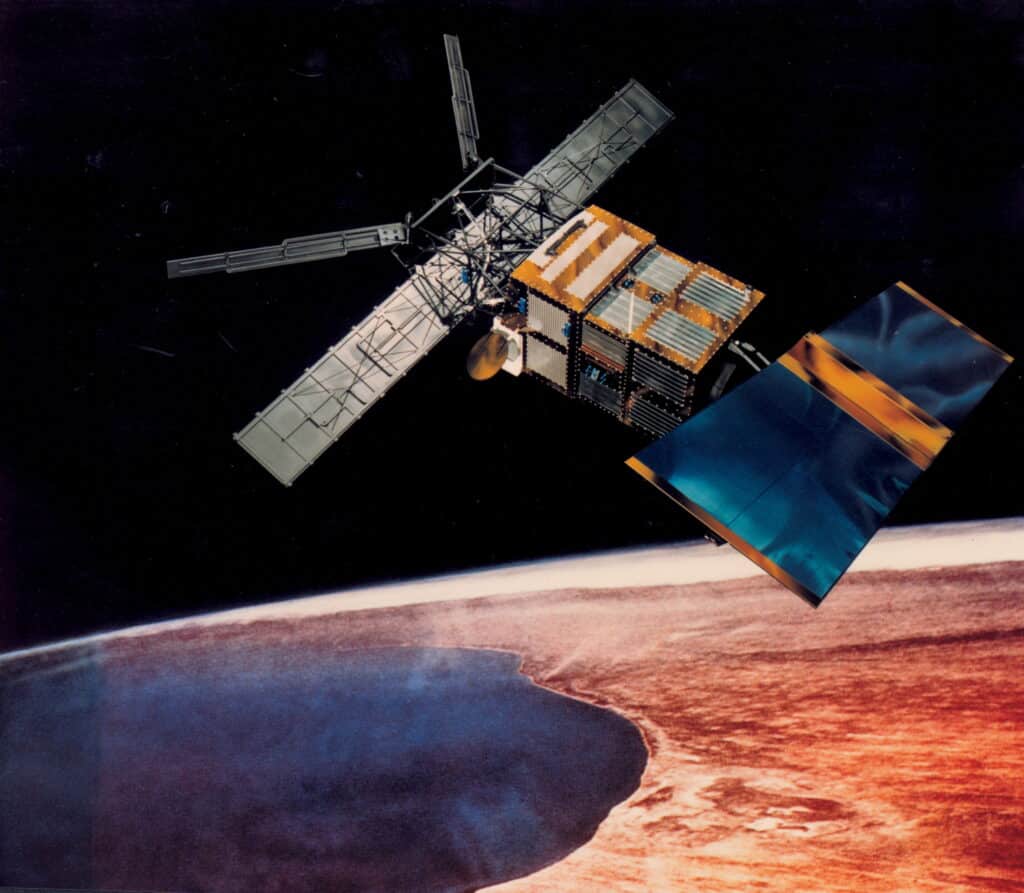
“There are thousands of operational and defunct satellites in orbit around the Earth, and the ability to operate safely in space and bring the benefits back to Earth is growing increasingly challenging,” says Angus Stewart, Head of Space Surveillance and Tracking at the UK Space Agency, in a statement.
Referring to data from a partnership with satellite tracking company HEO, Stewart adds: “As well as capturing these images as part of our work with HEO, the UK Space Agency operates the UK’s re-entry warning service and has tasked our UK sensors to observe the re-entry of ERS-2. We share data with ESA and other international partners through the Inter-Agency Space Debris Coordination Committee (IADC) and other forums to support satellite re-entries.”
The UK Space Agency reports that UK scientists and engineers from organizations, including Astrium (now Airbus), the Rutherford Appleton Laboratory, Oxford University, the Mullard Space Science Laboratory and the Met Office, were involved in the doomed satellite’s design, build and scientific instruments.
ESA describe the ERS-2 reentry as “natural” as it is no longer possible to control the satellite. The only force causing ERS-2’s orbit to decay is atmospheric drag, which is influenced by unpredictable solar activity.
To help calm any fears of danger to humans, the ESA reports that the annual risk of an individual human being injured by space debris is under 1 in 100 billion. To put that in perspective, those odds are:
- ~1.5 million times lower than the risk of being killed in an accident at home
- ~65,000 times lower than the risk of being struck by lightning
- ~three times lower than the risk of being struck by a meteorite
SWNS writer Dean Murray contributed to this report.
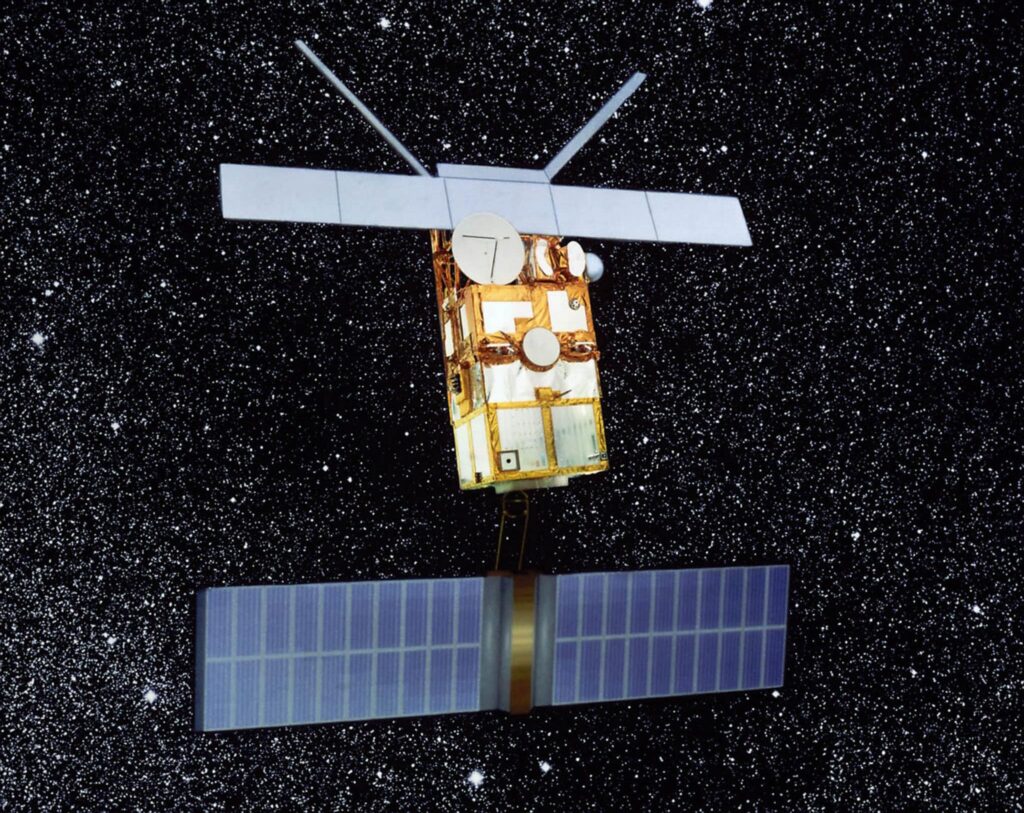


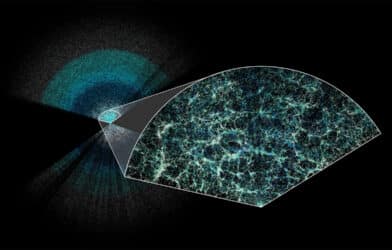
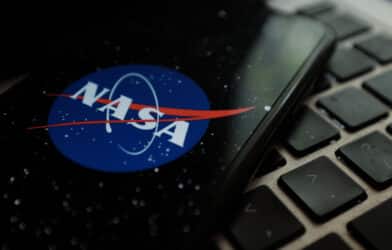
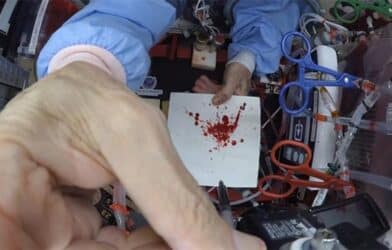
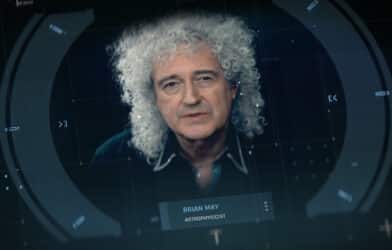






It is now March 10th, so where did it land?